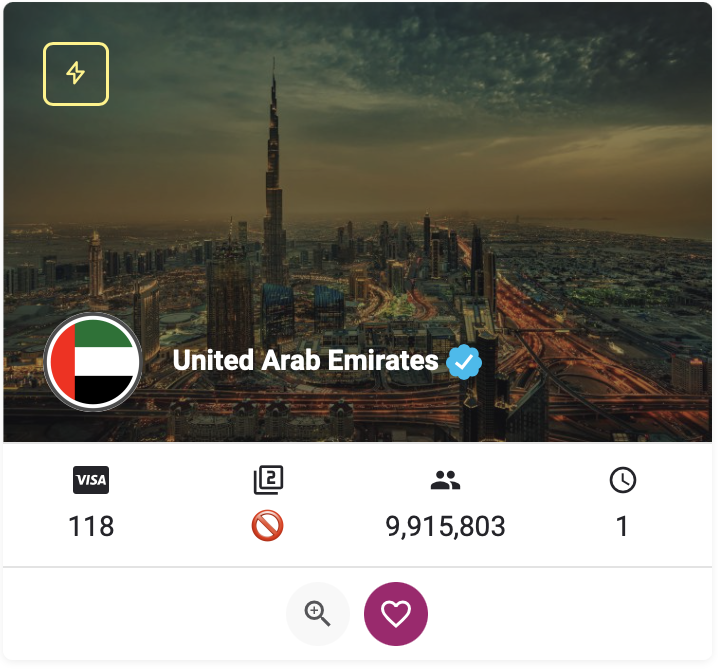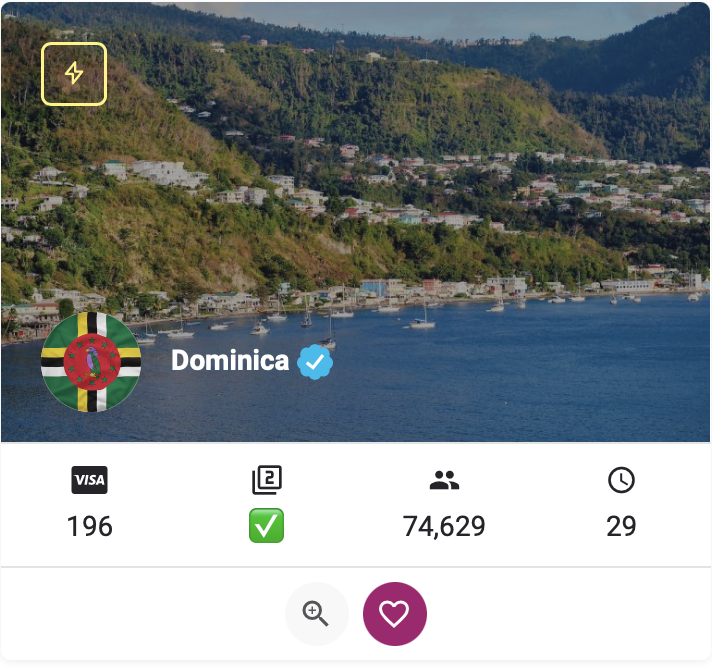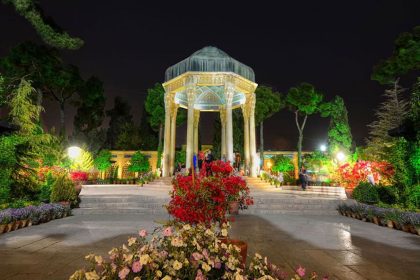Hojat Darabi, head of the archaeological board, said:
In this chapter, excavation has been carried out vertically and horizontally and simultaneously in two trenches with the aim of obtaining evidence from the ninth and eighth millennium BC in Zagros foothills to study why and how to start agriculture and unity.
The archaeologist added:
As a result, architectural remains of clay and stratigraphy and a large volume of different stone and stone artifacts have been found alongside the figure and token mud, and in some cases the architectural space of the remnants of the plaster has been obtained, indicating the continuation of space for different generations by the residents of the beet.
He said.
In addition, a set of animal and plant remains found from different layers in this hill can lead to new information on the onset of domestication of animal and plant in Zagros and West Asia.
The head of the archeology said:
Choghagolan is unique in Iran through previous studies by the German delegation involved in the evidence of human establishment from the early millennium to the mid -eighth millennium BC. It is also the largest ancient site of the Neolithic period in Iran because its dimensions reach about 1.5 hectares. Therefore, the continuation of excavations in Choghagolan is undoubtedly essential for archaeological sequences and will help to introduce it more and somehow Iran’s position in the world.
RCO NEWS














